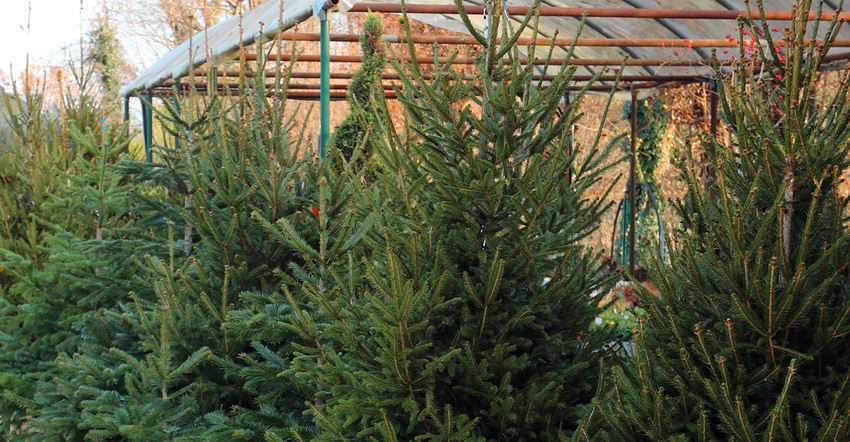December 9, 2022

Live, container-grown Christmas trees provide consumers with a real tree option that can be planted into their landscapes after the holidays. Many types of Christmas trees commonly grown in Michigan also make attractive landscape trees.
To have the best success with a living Christmas tree, Michigan State University Extension offers guidelines.
Choose a tree species that will make a good landscape tree as an attractive Christmas tree. Carefully consider your site, and choose species well adapted to it. Be sure to allow plenty of room for growth since almost all conifers used as living Christmas trees are fast-growing trees.
Several types of spruces such as Serbian, black hills, Norway and white spruce, along with Canaan fir, are good choices for most Michigan landscapes. Fraser fir is sometimes sold as a potted living Christmas tree, but it requires sites with good soil drainage or soil pH below 6.0 — conditions that are not typical of most Michigan landscapes. For more information about other conifers to use, see the tip sheet "Alternative conifers for Michigan landscapes."
Remember, your living tree is alive, so treat it like a houseplant and make sure to water it regularly. Place the tree in a cooler area away from heat sources such as fireplaces or furnace outlets to help keep it from drying out.
Also bear in mind the tree will lose cold hardiness the longer it is held indoors, which can affect its ability to stand up to cold once you place it back outdoors. Plan on keeping the tree indoors for no more than two weeks.
Many articles recommend planting living trees immediately after display, or placing them outside and heavily mulching the container to protect the roots. In Michigan and other northern climates, holding trees in a shed or unheated garage and then planting them in the spring is the best solution.
Make sure to periodically check the moisture levels and water the plant as needed. Keep the trees in a protected location until spring time, and plant them when you would normally plant trees and shrubs in your area.
Cregg and O’Donnell write for Michigan State University Extension, departments of horticulture and forestry.
You May Also Like




